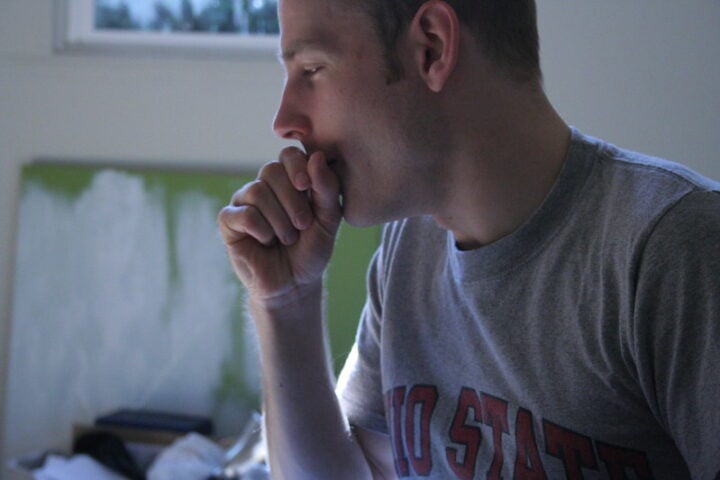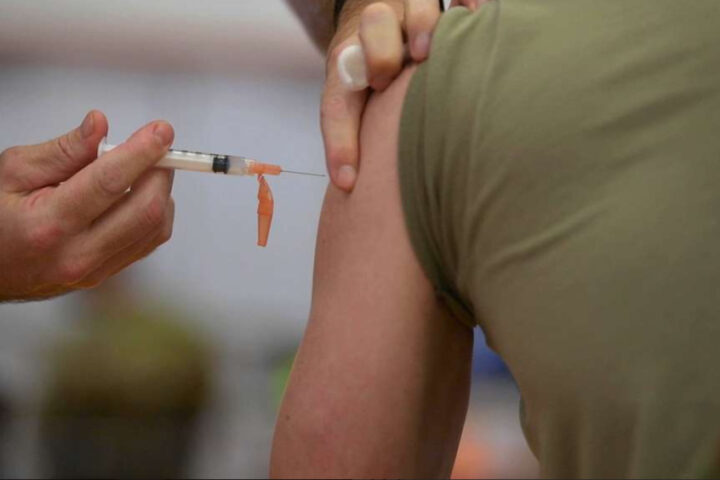The U.S. Environmental Protection Agency (EPA) has enacted a comprehensive ban on two prevalent cancer-causing chemicals – trichloroethylene (TCE) and perchloroethylene (PCE) – marking the end of their widespread use in consumer products and industrial applications across America.
The Ban’s Scope and Timeline
The EPA’s ruling, announced on December 9, prohibits all uses of TCE within one year, with limited exceptions for specific industrial applications. For PCE, the ban covers all consumer uses and numerous commercial applications, with a 10-year phase-out period for dry cleaning operations.
“It’s simply unacceptable to continue to allow cancer-causing chemicals to be used for things like glue, dry cleaning, or stain removers when safer alternatives exist,” stated Michal Freedhoff, Assistant Administrator for the EPA’s Office of Chemical Safety and Pollution Prevention.
Health Risks and Environmental Impact
Both chemicals have left a trail of devastating health consequences. TCE exposure, even at low levels, causes liver cancer, kidney cancer, and non-Hodgkin’s lymphoma. The chemical damages the central nervous system, liver, kidneys, immune system, and reproductive organs. It has contaminated drinking water sources serving approximately 19 million people.
PCE, used since the 1940s, causes liver, kidney, brain, and testicular cancers. Long-term exposure leads to memory loss, decreased immune function, and severe organ damage. The chemical can seep through concrete and transform into TCE and vinyl chloride in the environment.
Industry Transition and Economic Considerations
For dry cleaners, the ruling mandates specific timelines:
- Six-month ban on PCE in newly acquired machines
- 10-year complete phase-out for existing operations
- Varied compliance dates based on machine age
Jeff Moronta, whose family owns Miguel’s Dry Cleaning in New York, described the chemical’s pungent odour as “a mix of alcohol, gasoline, and ammonia.” Regarding businesses still using perc, he stated, “any businesses still using perc are just stuck in the past.”
Worker Protection Measures
The EPA has implemented strict workplace safety requirements:
- Mandatory chemical protection plans
- Inhalation exposure limits
- Regular monitoring protocols
- Access to exposure records for union representatives
- 30-month implementation timeline for Workplace Chemical Protection Program
State and Local Initiatives
Some regions implemented restrictions before the federal ban. King County, Washington, provided financial assistance for dry cleaners to convert to wet cleaning methods. California banned PCE dry-cleaning machines by January 1, 2023.
More Stories
A Mother’s Four-Decade Fight
Anne Anderson, now 88, began her crusade against TCE after her 3-year-old son Jimmy developed leukaemia in Woburn, Massachusetts. The subsequent investigation revealed routine chemical dumping had contaminated local drinking water. Jimmy died nine years after diagnosis.
“I’m glad this happened, but it was never good because it cost too much,” Anderson reflected. “There is nothing that can change how much Jimmy suffered.”
Scientific Perspective
Dr. Ray Dorsey, professor of neurology at the University of Rochester, stated the TCE ban will “end a century of it causing cancer.” However, he cautioned that existing environmental contamination remains a concern.
Legal Framework and Future Implications
The ban operates under the Toxic Substances Control Act amendments of 2016. Implementation timelines vary:
- Most TCE uses banned within one year
- Less than three years for most industrial and commercial PCE applications
- Extended timelines for critical infrastructure and national security uses


















